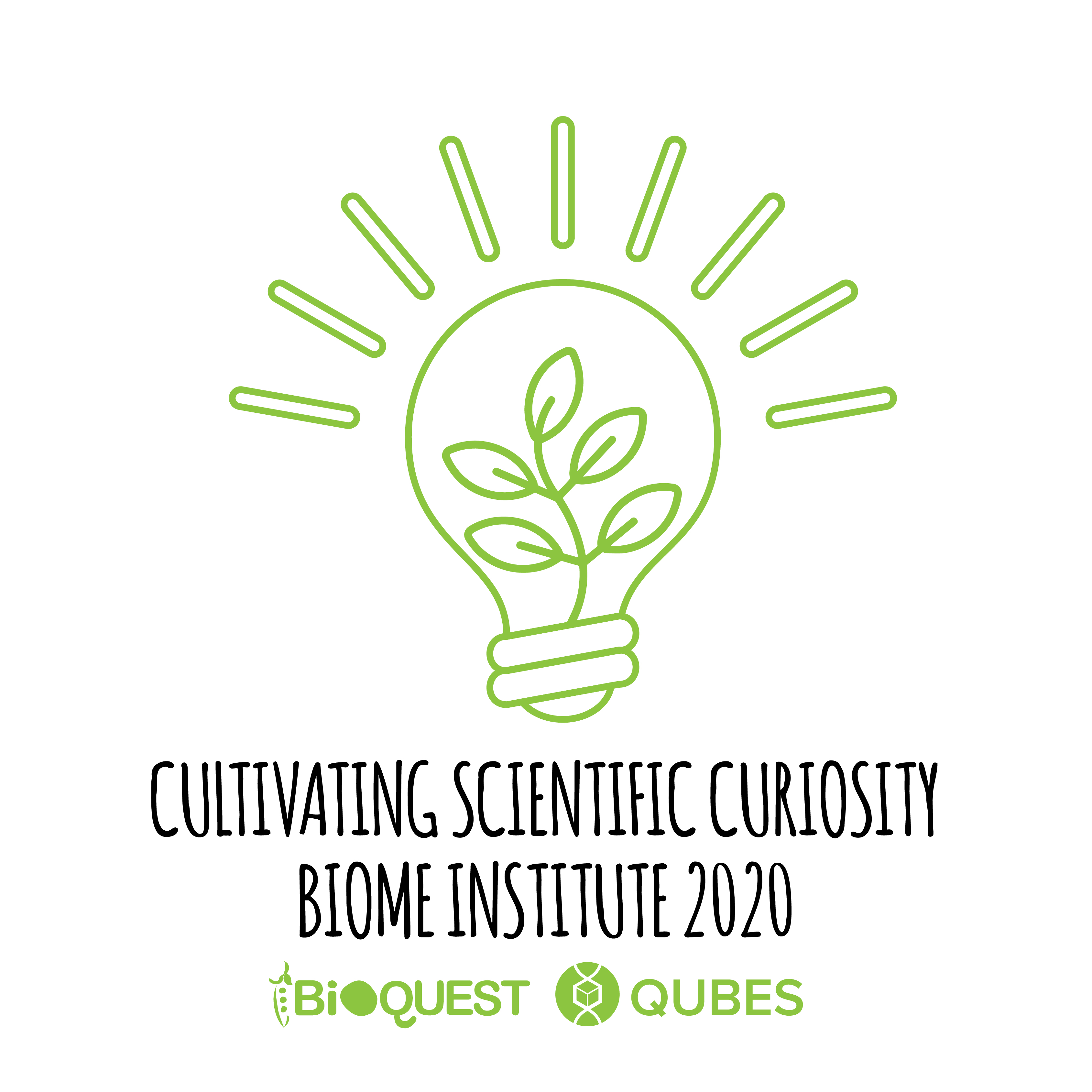Engaging students in data exploration using digital biodiversity databases: BLUE Data Network
Author(s): Anna Monfils1, Debra Linton1
Central Michigan University
1162 total view(s), 293 download(s)
2020_Monfils_ BIOME_Submit.pptx(PPTX | 6 MB)
- License terms
Description
In this workshop you'll explore activities, developed by the Biodiversity Literacy in Undergraduate Education (BLUE) RCN-UBE, in which students use digital biodiversity databases (GBIF, Arctos, iDigBio, etc) to investigate topics in ecology, evolution, and organismal biology. BLUE's goals are to bring together communities of biodiversity, data science, and education specialists to identify core undergraduate biodiversity data competencies and standards and develop effective strategies for sustained integration of biodiversity and data literacy education into the undergraduate biology curriculum. BLUE participants have brought some of these strategies into practice by developing example curriculum materials.
In alignment with the core content and competencies identified in Vision and Change in Undergraduate Biology Education, the BLUE modules can be used to integrate the scientific process, present biological concepts in a real-life context, and engage students as active participants in science in early foundational courses. We will introduce a module specific to biodiversity data resources and exploration. We will showcase resources that build from this module to explore core biology content (e.g. coevolution of plants and pollinators, factors influencing animal size, and correlations between species' distributions and a range of environmental variables). We will also introduce a course based research experience designed for implementation at the introductory level.
We'll work through the introduction to data module, then encourage participants to work through a topic specific module either individually or in small groups. Participants will also learn about ongoing BLUE activities and opportunities to get involved. More information about BLUE is available on our website: www.biodiversityliteracy.com/ and materials are housed on the QUBEShub.
Introduction to BLUE:
Cite this work
Researchers should cite this work as follows:
- Monfils, A., Linton, D. (2020). Engaging students in data exploration using digital biodiversity databases: BLUE Data Network. Cultivating Scientific Curiosity, QUBES Educational Resources. doi:10.25334/4K4E-B455
